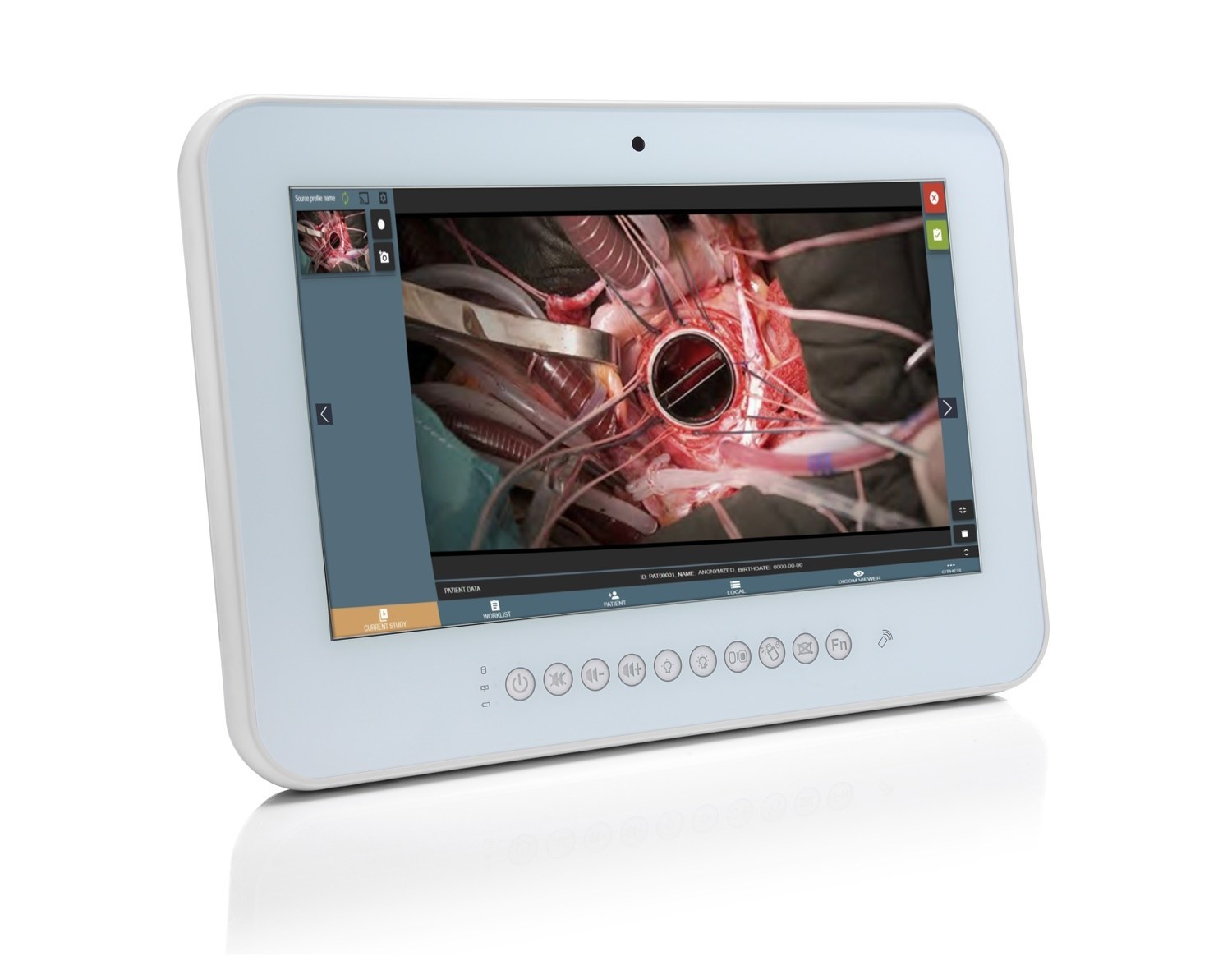
Nautilus Medical Technologies has just announced an advanced all-in-one surgery recorder, named TeleRay Record, for use with any endoscope, headset, c-arm, vascular, ultrasound, c-arms, and more. Users will be able to store up to 150 hours of HD medical videos form a high-tech medical touch screen PC with a larger screen than prior systems.
“Providing a lower-cost solution with high-end features is critical in providing clear video into PACs and VNA systems for better clinical decisions and a holistic view of the patient,” said CEO of Nautilus Timothy Kelley. He explained the value of their system compared to others currently available in the market as the opportunity to own a flexible system that delivers needed tools such as editing, larger screen, Bluetooth foot pedals, and a variety of video connection options at the lowest price.
The recorder works with any current video systems being used, including Panasonic, Olympus, Storz, Zeiss, Leica, and others commonly found in suites and labs. The system would cover video sources like surgical video cameras, arthroscopes, microscopes, and endoscopes.
Director of Sales, Richard Rost, said: “Our customers come to us for enterprise imaging solutions, and we are proud to offer the best value for integrating operating suites that allow physicians to focus on the task at hand.” He continued, “Users can easily perform real-time collaboration, consultation, conferencing, and visual sharing at any time- it will change the process for the better.”
TeleRay Record main medical video recording features:
High-quality medical video recording into DICOM format by using MPEG2 and MPEG-4 AVC/H.264 compression
Record/take multiple low and high (full HD) quality medical video/snapshots during the surgery or other procedures
Live stream video during the procedure
Record, stream, play video and take snapshots at the same time
Record video/take images from multiple connected devices (special video card needed)
Flexible patient data assignment: selecting an already existing patient, manually entering the patient details or selecting from the hospital DICOM worklist server
Possibility to start a new study recording, while other video/snapshots are in progress for saving to DICOM format or sending to DICOM archive
Review medical images/video during the surgery or other procedures
Recorded studies can be stored locally, sent to the hospital DICOM archive (PACS server/VNA), or exported to other storage devices
Source: Company Press Release






